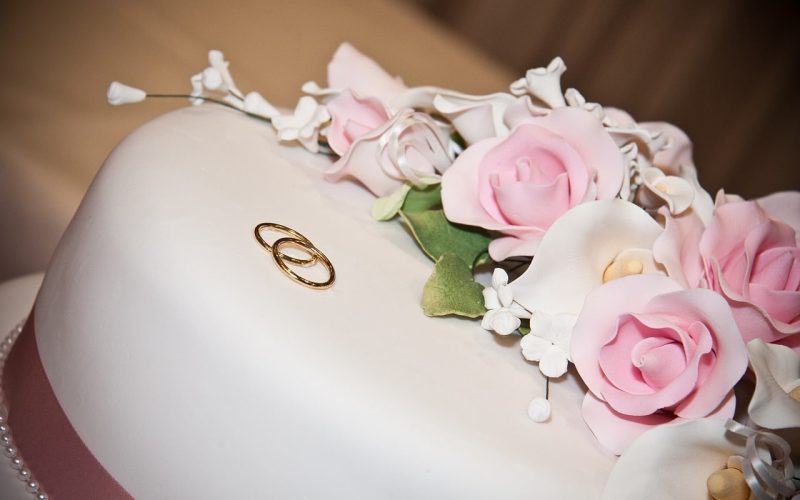Fondant, also known as gum paste. It is an edible form of sugar paste used in the cake decorating industry to create edible decorations and figures on top of cakes.
It has many uses in the cake-decorating world and can also be used in other art projects, such as making flowers and jewelry.
However, it’s essential to understand the different types of Fondant. So you know when to use each one and how they will react to each other.
Here are the different types of Fondant.
1. Rolled Fondant
The first on our list of different types of Fondant is Rolled Fondant.
It is the most popular Fondant, which covers entire cakes by rolling them out like pie crust or sugar cookie dough.
Rolling fondant icing is initially soft, but as it dries, it becomes solid.
But unlike gum paste, fondant won’t become crumbly or excellent. Depending on the fondant mix, its finish can be matte or shiny.
Meanwhile, use fondant tools to add patterns, shapes, and flowers to your cakes.
2. Poured Fondant
Poured Fondant is one of the different types of Fondant that’s often used on cakes. It’s made by heating sugar, water, and corn syrup until they form a thick syrup.
Once it cools, poured Fondant can be spread over a cake like frosting. It has a thicker consistency than rolled Fondant, which can be poured into molds or free-hand onto cakes.
Also, it dries much faster than rolled Fondant, so it’s essential to work quickly when using this product. If you’re using poured Fondant on cupcakes, they must be eaten within 24 hours.
3. Coloring Fondant
You can color Fondant in several ways, including with gel, powder, or liquid food coloring.
The type of coloring you use will depend on the effect you’re going for and the type of Fondant you’re using.
For instance, Gel food coloring will give you a more concentrated color, while powder food coloring will give you a more pastel hue.
Liquid food coloring is best used for light colors or when mixed with other ingredients like extracts.
4. Sculpting Fondant
Sculpting Fondant is also a very versatile type of Fondant. It can be used to make 3D sculptures or as a covering for cakes.
Fondant is also very pliable, so it can be used to create decorations with a lot of detail.
The downside to sculpting fondant is that it dries out quickly, so it needs to be used within a few days of being made.
5. Ready-to-Use Fondant
Ready-to-use Fondant is a type of Fondant that is already mixed and doesn’t require any additional preparation. It’s great for beginners or those with limited time.
It’s easy to work with and can be rolled out very thin. Ready-to-use Fondant is available in various colors and can be found at most craft stores.
Tips for Working With Fondant
- Always start with a clean, dry, and smooth surface. This will help the Fondant adhere better and give you a smoother finish.
- Knead the Fondant until it’s soft and pliable. This will make it easier to work with.
- Roll out the Fondant on a lightly floured surface to prevent it from sticking.
- Use a sharp knife or cookie cutter to cut out shapes. You can use an offset spatula to add detail to your design.
- You can use color specks of dust for color, food coloring for tinting, or melted chocolate for filling in designs (use wax paper as a barrier).
- If the Fondant is too sticky, add some cornstarch. This will prevent it from becoming sticky when stored in humid conditions.
- Keep unused portions of the dough tightly wrapped in plastic wrap.
Conclusion
In conclusion, many different types of Fondant are available, each with unique properties. You may want to choose a specific type depending on what you want to use it for.
For example, rolled Fondant would be the best choice if you need a smooth surface.
But modeling chocolate would be a better option if you want something that will harden and keep its shape.
Ultimately, it all comes down to preference and what you need the Fondant for.








